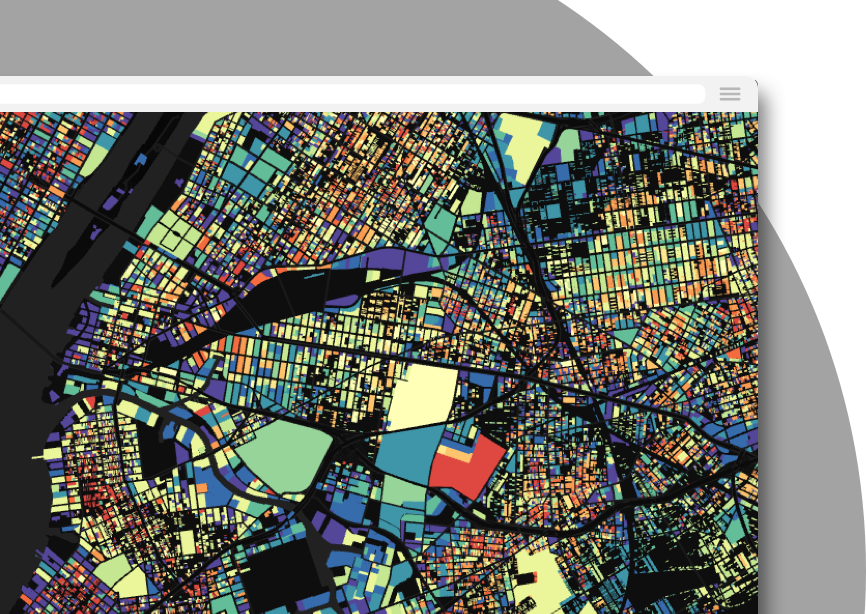CKDelta’s international human mobility data now available in CARTO

Over the past year the importance of human mobility data has increased significantly, not only as a means to analyze how to mitigate the spread of Covid; but more recently also to analyse how a multitude of industries recover now the vaccination program is at an advanced stage in many countries around the world.
As with many types of data, the ability to access consistent and comparable human mobility data across multiple countries is key for many location intelligence use-cases. Additionally, having access to data in a standardized form means less time spent on processing and transforming and more time available for the core analysis. With this in mind we are very pleased to announce our partnership with CKDelta and the inclusion of their human mobility data within our Data Observatory.
Diverse Human Mobility Data
By combining their global scale, diverse data sets, and analytics capabilities applied in multiple sectors, CKDelta delivers data-driven designs and operational performance improvements through insights from both historical and real-time data from CK Hutchison’s diverse portfolio of businesses (telco operators, utilities, logistics, retail, etc.).
CKDelta’s data and capabilities are already being applied in Marketing, Retail, Mobility, Urban Planning, Utilities, Telecoms and Financial Services.
CKDelta is an expert team with diverse experience across multiple industries. Their skills range from design, data science and engineering, predictive analytics to modelling and simulation. As part of this partnership, CKDelta will be providing CARTO with standardised, comparable and consistent human mobility datasets powered by their multiple telecommunications operators across the globe. All data has been obtained and processed fulfilling national and international data privacy and protection regulations, and has been anonymised, aggregated and then extrapolated in order to represent the overall population in each country of coverage.
Our Head of Data, Javier Pérez Trufero, reflected on this partnership:
Footfall and Dwell Times
The Footfall dataset provides the aggregated measurement of visitors to an area with separate breakdowns based on dwell times and age ranges.
This anonymized, aggregated dataset offered in partnership with CARTO is drawn and quality-assured by CKDelta from CK Hutchison’s diverse portfolio of telecoms operations and it is available for the UK, Ireland, Italy, Austria, Sweden, Denmark, Hong Kong and Indonesia.

As a standard spatial aggregation format, each country is divided into Quadgrid level 17 cells (approximately 300x300m) to aid your analysis. The data is provided in monthly deliveries containing data with averages per day of the week during that month.
For each grid cell ,on a particular given day, this data product provides:
- Footfall: the total number of distinct visitors to the quadgrid cell each 3-hour periods of each day;
- Dwell times: number of visitors to each cell spending a certain amount of time there split into 30 minute dwell time ranges
- Age distributions: age of people visiting each cell in each 3-hour period of the given day, summarized into 5yr age ranges
All data is extrapolated up to represent the entire population.
Average number of daily visitors per cell in April 2021
Catchment Areas
The Catchment Areas dataset provides for each area the breakdown of visitors based on their origin.
This data product is also built by CKDelta from CK Hutchison’s diverse portfolio of telco operators across the globe, and is currently available for UK, Ireland, Italy, Austria, Sweden, Denmark, Hong Kong, and Indonesia.
As for Footfall and Dwell Times, this dataset is also provided based on a standard grid system, in this case the Quadgrid Level 15 (approximately 1x1km cells). The data is provided in monthly deliveries containing data with averages per day of the week during that month.
For each grid cell (acting as a destination), on a particular given day of the week, this dataset provides its Catchment Area, defined by the home origin grid cells from which visitors have travelled.
All data extrapolated up to represent the entire population.
Catchment Areas for few cells in London based on visitors in April 2021
To learn more about CKDelta’s data offering in the Data Observatory please visit our Spatial Data Catalog.

Want to know more? Explore our full data catalog.











.png)

.jpg)
.png)


.jpg)
.png)
